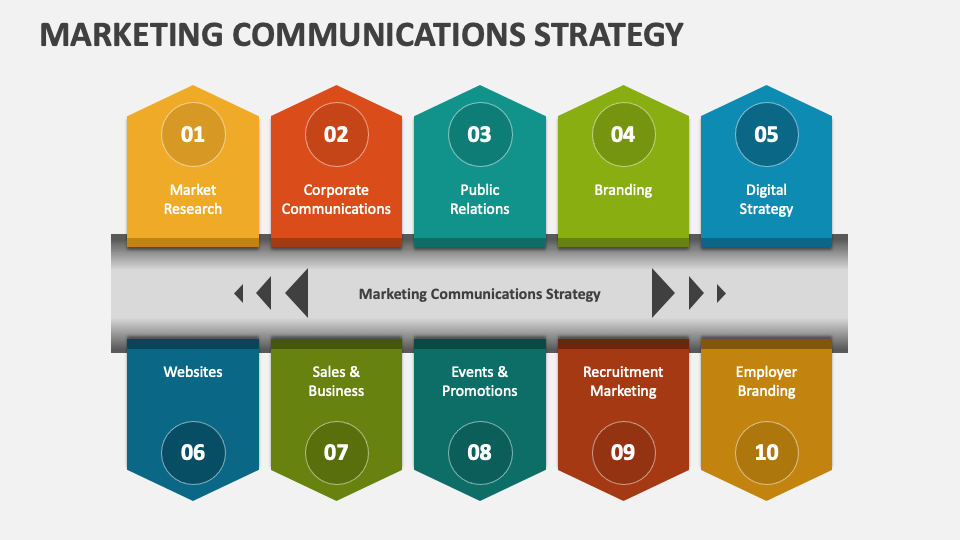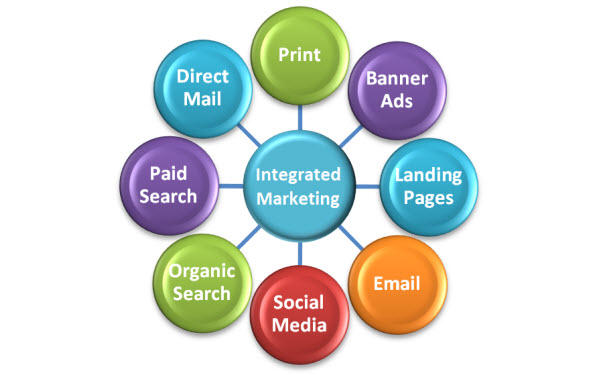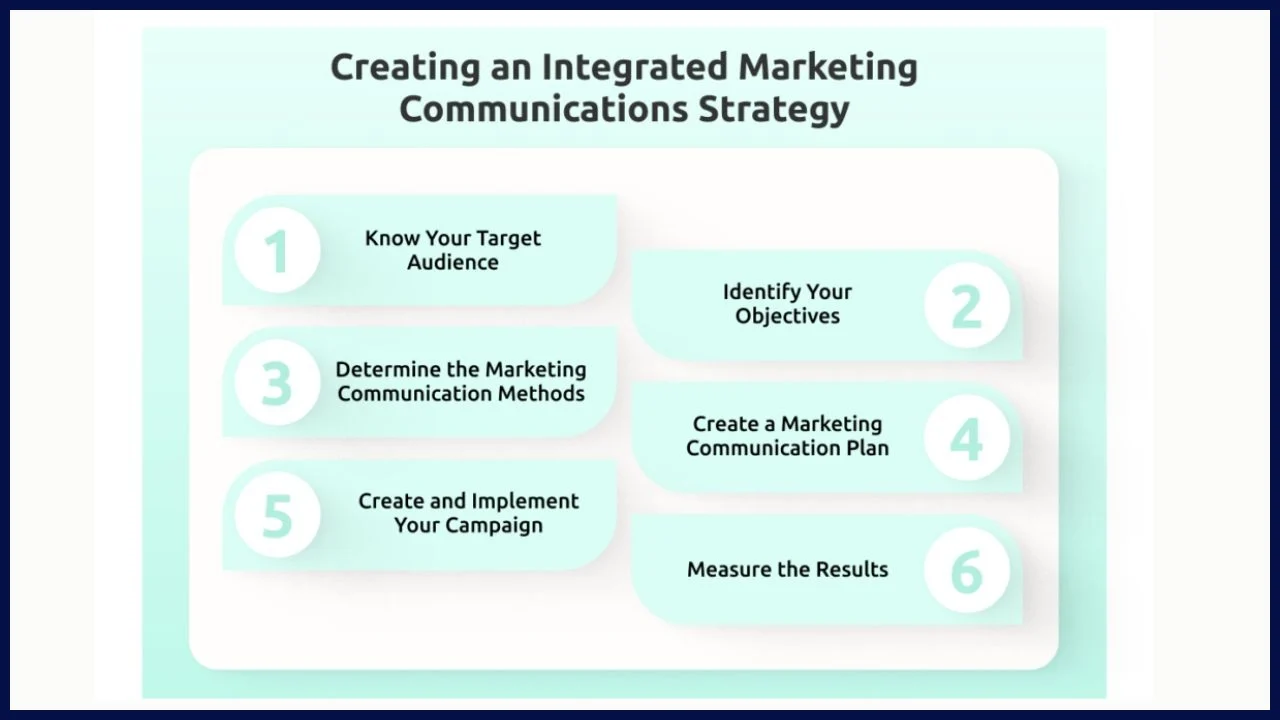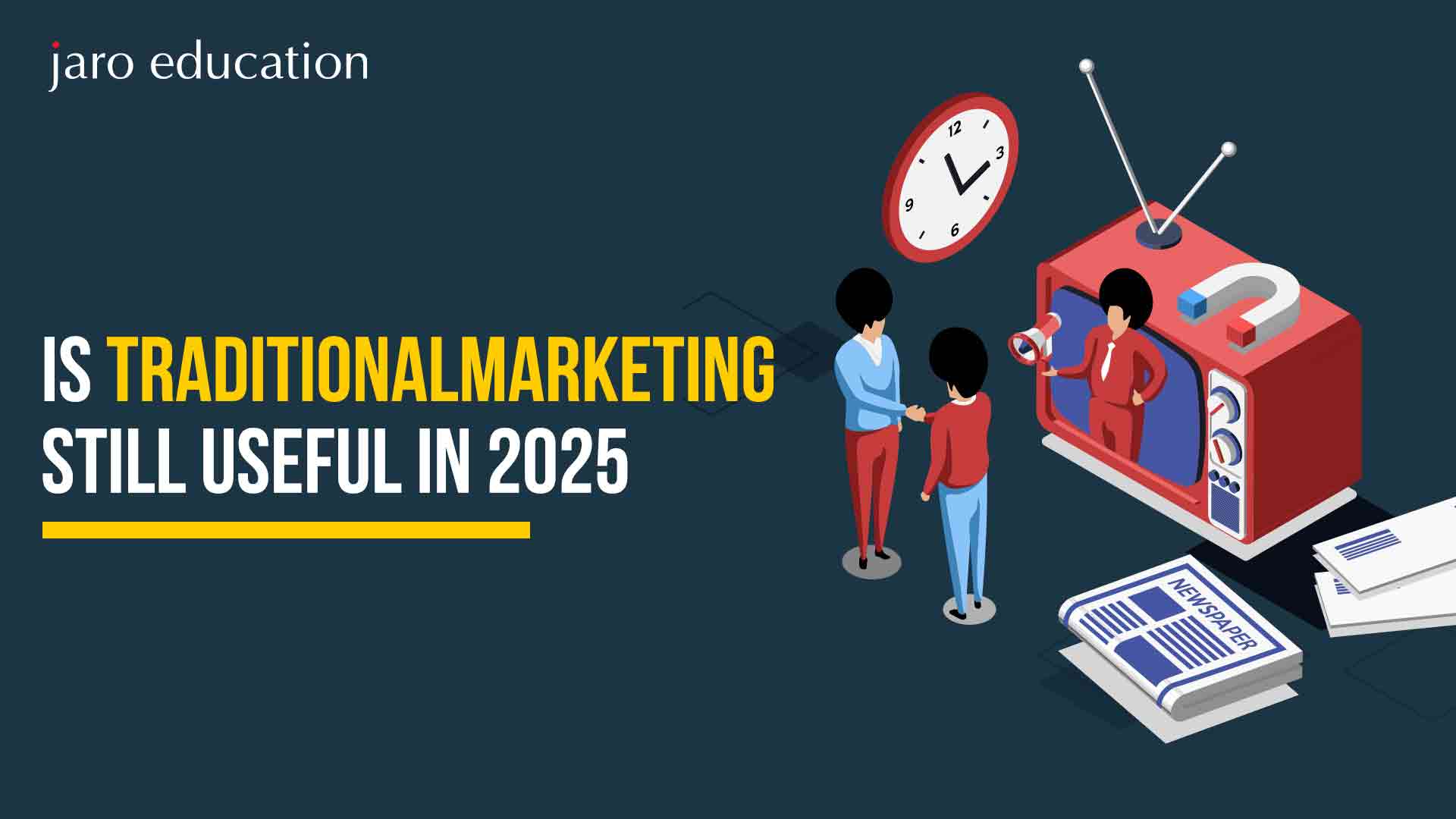Marketing Communication Process: Strategies & Examples
Table of Contents

You’ve likely experienced this yourself: sometimes an advertisement doesn’t merely inform you about a product, it elicits an emotion. It might be an old-timesy jingle, an ironic meme on Instagram, or that sentimental festival commercial that magically appears in your YouTube queue. That right there is marketing communication at work.
And here’s the reality: Having a wonderful product just isn’t enough anymore. If no one knows about it, if no one gets it, or worse, if people are getting conflicting messages, the product will flounder. That is why firms depend on concise, organized, and consistent communication.
But there’s more. Behind every campaign sits a process of marketing communication that ensures the right message gets to the right people. And to take things further, businesses today rely on something called integrated marketing communication (IMC), which is essentially about keeping your messaging seamless across every platform.
Let’s dive deeper into what this really means, why it matters, and how some of the world’s best brands pull it off.
What is Marketing Communication?

*collidu.com
In simple terms, the integrated marketing communication definition is the way a brand communicates with its audience, which means how they “talk,” and not “sell.” Because communication is not always about coupons or slogans, it’s about making people aware, making them interested, creating desire, and pushing people to act.
It goes like this:
- First, it informs you that you exist.
- Then it generates curiosity regarding your product or service.
- Later, it fuels purchases.
- And ideally, it fosters long-term loyalty.
But how is it done? With various methods, like advertising, PR, content, online marketing, promotions, and even packaging design.
For example, consider Starbucks. Their messaging is never simply “buy our coffee.” It’s more about community, lifestyle, and comfort. Their Instagram stream, the holiday cups, app push notifications, and even the tunes in the cafe all collectively amount to one unified voice. That’s correct marketing communication.
But keep in mind, in order for this to be effective, there needs to be a system. Otherwise, the message is lost. That’s when the process of marketing communication steps in.
The Process of Marketing Communication
Imagine the marketing communication process as a chain. Each link is important, and if one breaks, the entire chain comes apart. Here’s how it typically happens:
- Sender (the brand) – The business has something to say.
- Message – The actual thing they want to convey: it could be an offer, a value, or an emotional appeal.
- Channel – The medium where the message travels: Instagram, YouTube, billboards, podcasts.
- Receiver – The target audience. If you’re aiming wrong, you’ve lost already.
- Feedback – How customers react: likes, comments, sales, reviews.
- Noise – Distractions or competing ads that dilute the impact.
Example: Coca-Cola’s “Share a Coke”
Remember when Coke replaced its logo with people’s names on bottles? That was a brilliant example of the marketing communication process at work.
- The sender: Coca-Cola.
- The message: “Share a Coke, share happiness.”
- The channel: TV, social media, in-store displays, and the bottles themselves.
- The receiver: Young, social-media-savvy audiences.
- The feedback: A wave of selfies and hashtags online, plus higher sales.
- The noise: Competing summer drink ads, but Coke’s personalization made it stand out.
And that is why the process is important. Without all that process, even a great idea can fall through the cracks.
How Integrated Marketing Communication Works in Practice
So here’s the next step. Suppose Coca-Cola had only promoted it on billboards. Yeah, folks would have noticed. But would it have generated global buzz? Doubtful. That’s why brands nowadays rely on unified marketing communication.
IMC Definition in Business Terms
Integrated or unified marketing communication business definition: it’s a plan that combines several marketing channels, like ads, PR, digital, events, and sales promotion into a single voice. Rather than executing independent, standalone campaigns, IMC makes sure all the messages contribute to the same narrative.
The Key Building Blocks of Marketing Communication
- Advertising (TV, print, digital).
- Public Relations (media coverage, events).
- Sales Promotions (coupons, discounts, contests).
- Direct Marketing (emails, SMS).
- Digital & Social Media (posts, reels, influencer collaborations).
- Personal Selling (particularly in B2B, where deals are made through conversations).
Example: Apple
Apple is a virtuoso when it comes to IMC. When they launch an iPhone:
- There’s a big PR event being streamed around the world.
- TV commercials and online campaigns hit at the same time.
- Retail outlets change overnight with new showcases.
Social media buzz creates the hype even more.
All that you see, read, or hear regarding the iPhone seems to be in sync. That’s IMC at work, no conflicting signals, only one strong message: innovation, design, and lifestyle.
Importance of Integrated Marketing Communication

*walsworth.com
So why is IMC so important? Because today’s customers don’t use one platform. They’ll view your Instagram post in the morning, pass by your billboard during the afternoon, and perhaps receive an email at night. If these messages aren’t consistent, they will lose faith.
Here’s why IMC is not optional:
- Consistency Establishes Credibility: When your advertisements claim something but your store personnel claim otherwise, confusion murders the brand.
- Improved ROI: Campaigns run in isolation are expensive and wasteful. Integrated planning gets money to work harder.
- Improved Recall: Exposure to the same idea on different media reinforces memory.
- Customer Experience: Humans desire to have seamless journeys—IMC makes them experience the same feel for the brand wherever they engage.
Case Study: Nike
Nike’s “Just Do It” is more than a slogan. It’s an emotional TV advertisement, Instagram reel, athlete endorsement, and store design story. Wherever you touch the brand, the message is consistent: empowerment. That’s the magic of IMC.
Strategies for Successful Marketing Communication

*graphically.io
Okay, so how do brands really make their communication stick? Here are some practical, tested strategies:
- Know Your Audience: Different groups need different approaches. A teenager on TikTok doesn’t want the same message as a corporate manager on LinkedIn. Use data, research, and even customer feedback to segment properly.
- Keep the Message Clear: Don’t complicate things. A confused customer is a lost customer. Short, sharp, and emotionally engaging messages work best.
- Pick the Right Channels: Not all brands fit all places. B2B businesses live and breathe on LinkedIn and webinars. Consumer brands tend to be more radiant on Instagram, YouTube, or TikTok.
- Tell a Story: Stories trump stats, every time. A compelling story engages people emotionally.
- Consistency is Everything: Whether it’s an Instagram post, a podcast advert, or a billboard, keep the tone, visuals, and values consistent.
- Measure and Adjust: Consider KPIs, like clicks, shares, conversions. Be willing to pivot if that doesn’t work.
Challenges in Marketing Communication
- Market saturation → Too much noise.
- Cultural differences → Miscommunication in global markets.
- Digital fatigue → Overexposure to ads.
- Crisis situations → Negative PR spreading faster.
- Short consumer attention span.
Example: Pepsi’s Kendall Jenner ad controversy.
Future of Marketing Communication
Now the question is, where is IMC going? And the answer lies in some constantly performing trends, like:
- AI-fueled Personalization: Smarter targeting, more personalized messaging.
- AR/VR Marketing: Immersive, interactive brand experiences.
- Real-time Interaction: Live streaming, chatbots, real-time responses.
- Omnichannel Norm: Customers will demand one cohesive experience across devices and platforms.
The future of integrated marketing communication is even more linked, with brands integrating physical and digital touchpoints like never before.
How Jaro Education Can Help You Excel in Marketing
If you’re someone who’s genuinely curious about marketing communication or already working in this field but feel the need to sharpen your skills, Jaro Education can be a powerful partner in your journey.
At Jaro, we don’t just provide courses, we build career pathways. Our ethos is rooted in making professionals industry-ready with programs that are practical, flexible, and tailored for today’s fast-paced business world.
Some of our most prominent programs include:
- Online MBA – Dr. D. Y. Patil Vidyapeeth
- Online MBA – Manipal University, Jaipur
- Online MBA Degree Programme – Symbiosis School for Online and Digital Learning (SSODL)
- Online Master of Business Administration – Chandigarh University
- Executive MBA – Dayananda Sagar University
Whether you’re eyeing leadership roles, aiming to master integrated marketing communication strategies, or just looking for that competitive edge, these programs are designed to elevate your expertise.
Why choose Jaro? Because we believe in bridging learning with real-world application. So why look further? Explore our courses today and take the next step toward becoming a marketing leader!
Conclusion
In summary, the process of communication in marketing gets messages across right, while its strategies make it all unified across channels.
The takeaway? Scattershot, fragmented campaigns aren’t going to make it anymore. Customers crave clarity, trust, and frictionless experiences. And brands that nail this create relevance and loyalty.
Frequently Asked Questions
What is marketing communication in simple terms?
It’s the way companies communicate with their audience—via ads, content, PR, and more.
Why is the communication process significant in marketing?
It organizes the way messages travel from brand to customer, so that communication is obvious and efficient.
What is integrated marketing communication in business?
It’s the process of bringing all marketing channels, like ads, PR, digital—into a single cohesive brand voice.
How does IMC enhance customer trust?
By maintaining messaging on par across channels, customers perceive the brand as trustworthy and real.

















